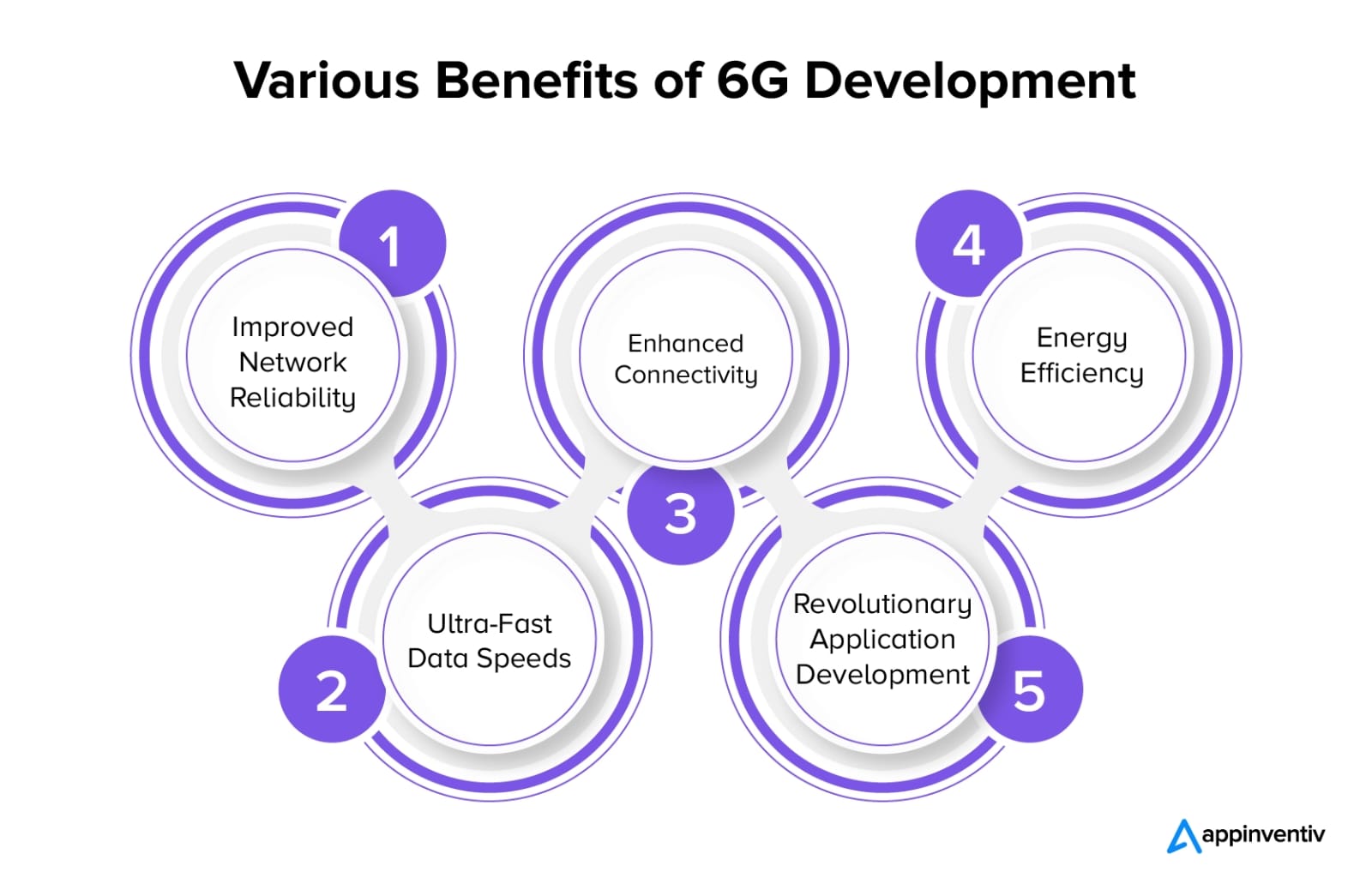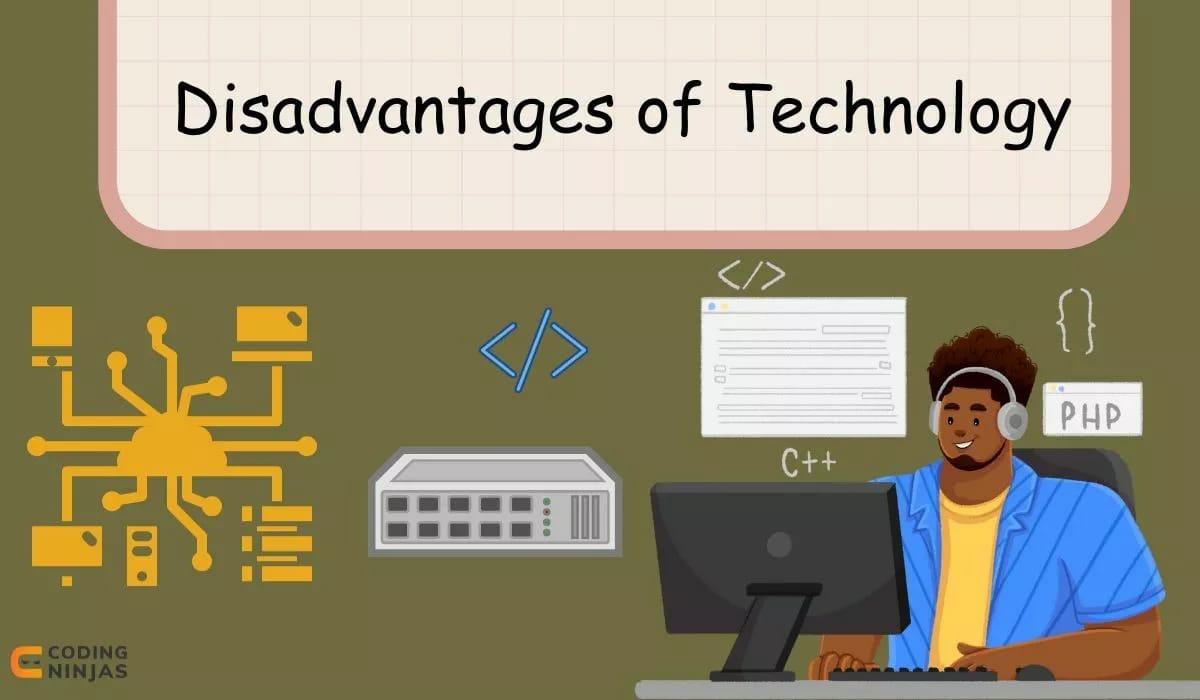The standardization process of fifth generation communications has already been completed and global proliferation has begun. To maintain the competitive advantage of wireless communications, researchers conceptualize next generation (6th generation, 6G) wireless communication systems with the aim of establishing the stratification of communication needs of the 2030s. This article highlights the most promising research areas in the recent literature on the overall trends of the 6G project to support this approach. It discusses the development and analysis of 6G wireless communication technology, which is projected to be implemented in the near future. Networks based on 6G wireless technology appear to be the most promising and developing area in the field of wireless technology. The article points out the emergence and development of 6G to give rise to a new wave of development in the field of the Internet of Things (IoT). It touches on the services implemented during the implementation of previous generation (5th generation, 5G) technologies and emerging problems. It also reviews the benefits and challenges associated with the development of 6G wireless communications, which is designed to provide a better communication system in the future and achieve several new perspectives.
Advantages Of 6G
1) Considering the increased network throughput (data transmission capacity, frequency bandwidth), the biggest and most important advantage of 6G is the potential data transfer speed. While 5G offers speeds of up to 10 gigabytes per second, studies indicate that 6G has speeds of up to 1024 gigabytes per second. This is equivalent to a data transfer speed of 1 terabyte per second. Thus, 6G promises speeds 100 times higher than the available standards;
2) Increased frequency bandwidth, higher channel throughput, i.e., more information can be transmitted at any given time. The application of new technologies such as mobile vehicles, remote surgery will gradually increase;
3) 6G will optimize the healthcare sector by eliminating time and space barriers through remote surgery and simplify procedures in healthcare;
4) 6G is implemented together with distributed antenna systems (DAS) to deal with the problem of traffic loading;
5) 6G can provide users with instant real-time access to each other;
6) Online video broadcasting will be possible in 8k/16k quality in real time over the Internet;
7) Wireless transmission of holographic images (3D, three-dimensional objects). These objects will appear in the air and on transparent materials. The goal here is to be able to attend any meeting, dinner or exhibition in the form of a hologram from any place in the world. In this case, the updated copy of the hologram should fully feel the presence of the person at another point. This is also called a digital copy;
8) Delays during robot control will be reduced to microseconds;
9) Virtual reality experiences will be further improved. For example, unlike virtual reality with helmets, it will be possible to create a room for an exhibition or art gallery that can remotely host multiple participants. This will enable visiting the Hermitage or walking the streets of London with friends living in different countries;
10) Fast data transmission will allow continuous updating of detailed 3D maps in the computer of a modern car. Due to this, the car will track all the turns and ups and downs on the route, as well as share information with other cars. This will protect the driver and transfer control functions to the autopilot (Banafaa et al., 2023).
Challenges Of 6G
At present, it cannot be assessed whether 6G communication has drawbacks because it has not been implemented yet, but it can be concluded that 6G may face some challenges (Saad et al., 2019):
1) 6G uses optical wireless as part of its communication. Thus, the disadvantages of visible radiation can be considered a problem in the sixth generation wireless technology, as this type of radiation can be harmful to human eyes;
2) Terahertz waves have a higher frequency than millimeter waves used in 5G, and their radiation effect can lead to the growth of brain cells. These waves can directly bind to proteins, forcing them to resonate non-linearly;
3) Pervasive wireless communication technology can become an integral part of the world’s energy consumption;
4) The complexity of creating an effective structure for wireless technology by managing a large number of terminals;
5) The main problem for 6G is that signals in the terahertz range (signals with frequencies above 100 GHz) can rapidly weaken in the atmosphere and be lost even due to small obstacles. This suggests the need to increase the number of base stations and install them more densely. As a result, the situation is even worse than with 5G: we are talking about installing base stations at a distance of tens of meters and transmitting data in the network through individual devices;
6) Since terabyte Internet requires huge traffic and, accordingly, hundreds of gigahertz frequencies, one of the main challenges of 6G is that its physical part is developed on the basis of a completely new element base. The required range (called the “terahertz gap”) is currently available and not even busy. However, since it lies between microwave and light frequencies, it is extremely difficult to absorb it. Even the mass production of transistors intended for this has not yet begun. And transistors will certainly not be made of ordinary silicon material;
7) Security lapses remain a major challenge in both 5G and 6G wireless standards.
Conclusion
6G technology is a relatively new technology, so it is in the early stages of research and development. Although some applications have not yet emerged, research is ongoing regarding the potential of 6G networks. The expected features and capabilities of networks based on 6G technology, including high-speed data transfer capability, low latency, rich device connectivity, and wide coverage, will revolutionize the industry and enable transformational applications. The Internet of Things will also develop further with 6G, as it will enable a large number of devices to easily connect and interact with each other. Autonomous systems such as self-driving cars and drones will greatly benefit from the low latency and high reliability of 6G networks. These systems will be able to share data faster and make real-time decisions, leading to safer and more efficient operations.
Additionally, the implementation of 6G infrastructure will require significant investment and extensive research. Global initiatives, collaborations and standardisation activities are already underway to ensure a smooth transition to 6G technology. However, there are many issues that remain to be addressed. Spectrum availability is a major concern, as are technical hurdles in identifying suitable frequency bands for 6G communications. Given the increasing data rates and device density, developing energy-efficient hardware and network optimisation techniques is challenging. Additionally, given the proliferation of connected devices and data-intensive applications, ensuring security and privacy in 6G networks is critical.
Read Also:
- General Architecture Of Wireless Technology
- 6G Technology
- Cell-Phone Technology
- 6G and 7G Cellular Network Technology
- 6G Cellular Network Technology






